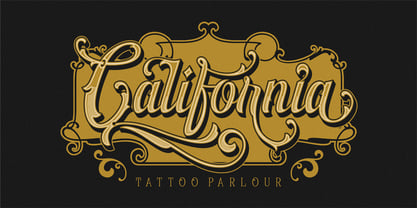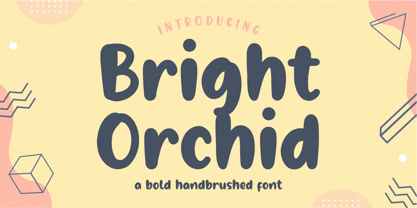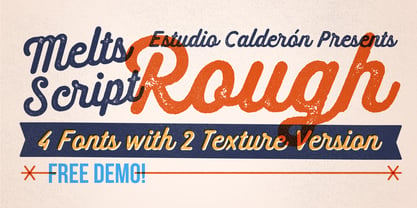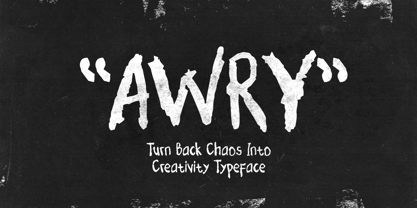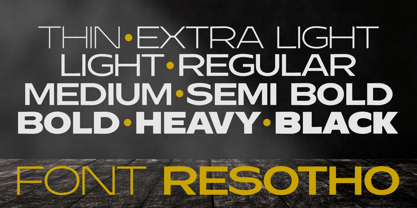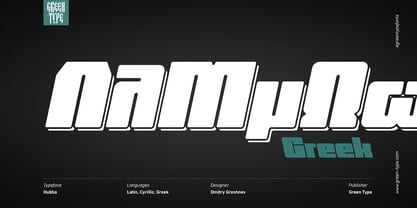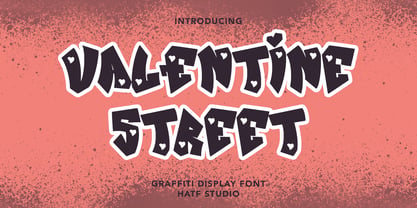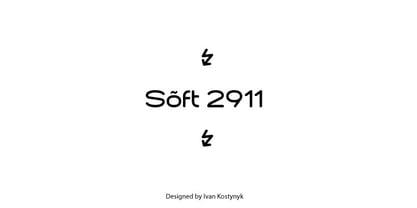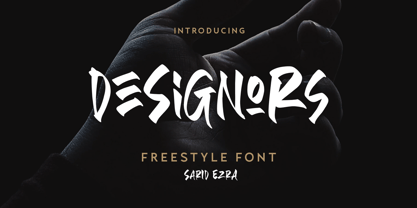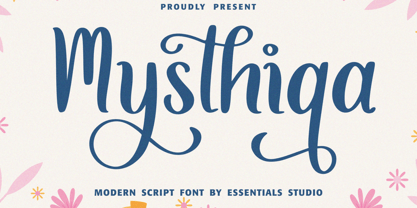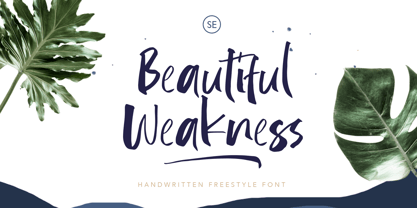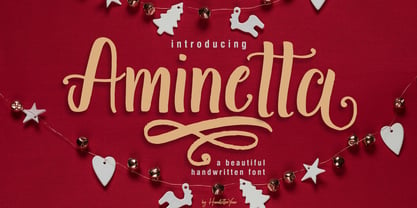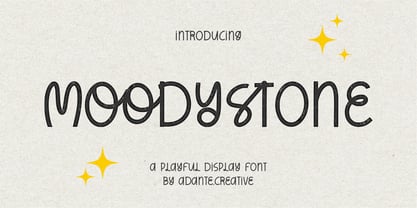5,043 search results
(0.047 seconds)
- Slutsker Script by ParaType,
$30.00 - Golden Signer by Letrasupply Typefoundry,
$20.00 - Neue Haas Unica Paneuropean by Linotype,
$65.00 - The "Octin College Free" font, designed by the prolific type designer Ray Larabie, is part of the Octin series of fonts, which includes various styles catering to different themes and requirements. T...
- The font "Negotiate Free" by Ray Larabie is a distinctive typeface that embodies the unique fusion of modernity and functionality, intrinsic to Larabie's design philosophy. Known for his prolific out...
- Ancestry by Bedoodle,
$12.00 - Banderole by Bedoodle,
$11.00 - VTC-FreehandTattooOne - Personal use only
- VTC-BadEnglischOne - Personal use only
- Greatday - Personal use only
- Shade of Adelyne - Personal use only
- La Flama y La Espina - Personal use only
- Nose Bleed - Unknown license
- More than Enough - Personal use only
- The World Is Yours - Personal use only
- Sue Ellen Francisco - Personal use only
- SexyRexy-Smitten - Unknown license
- Milkmoustachio - 100% free
- Blue Highway Linocut - Unknown license
- Magical Mystery Tour - Unknown license
- DS Nova - Unknown license
- Airplanes in the Night Sky - Personal use only
- Alpha Flight Solid - Unknown license
- Romance Fatal 2.00 - Personal use only
- Alpha Flight Small Caps - Personal use only
- Activate - Unknown license
- Dalek - Personal use only
- Bright Orchid by Balpirick,
$15.00 - Melts Script Rough by Estudio Calderon,
$20.00 - Awry by Gholib Tammami,
$15.00 - Resotho by Glukfonts,
$10.00 - After Dark BB by Blambot,
$20.00 - Hubba by Green Type,
$19.00 - Valentine Street by Hatftype,
$15.00 - Soft2911 by Ivan Kostynyk,
$15.00 - Designors by Sarid Ezra,
$15.00 - Mysthiqa by Essentials Studio,
$16.00 - Beautifull Weakness by Sarid Ezra,
$15.00 - Aminetta by HandletterYean,
$14.00 - Moodystone by Adante Creative,
$23.00
